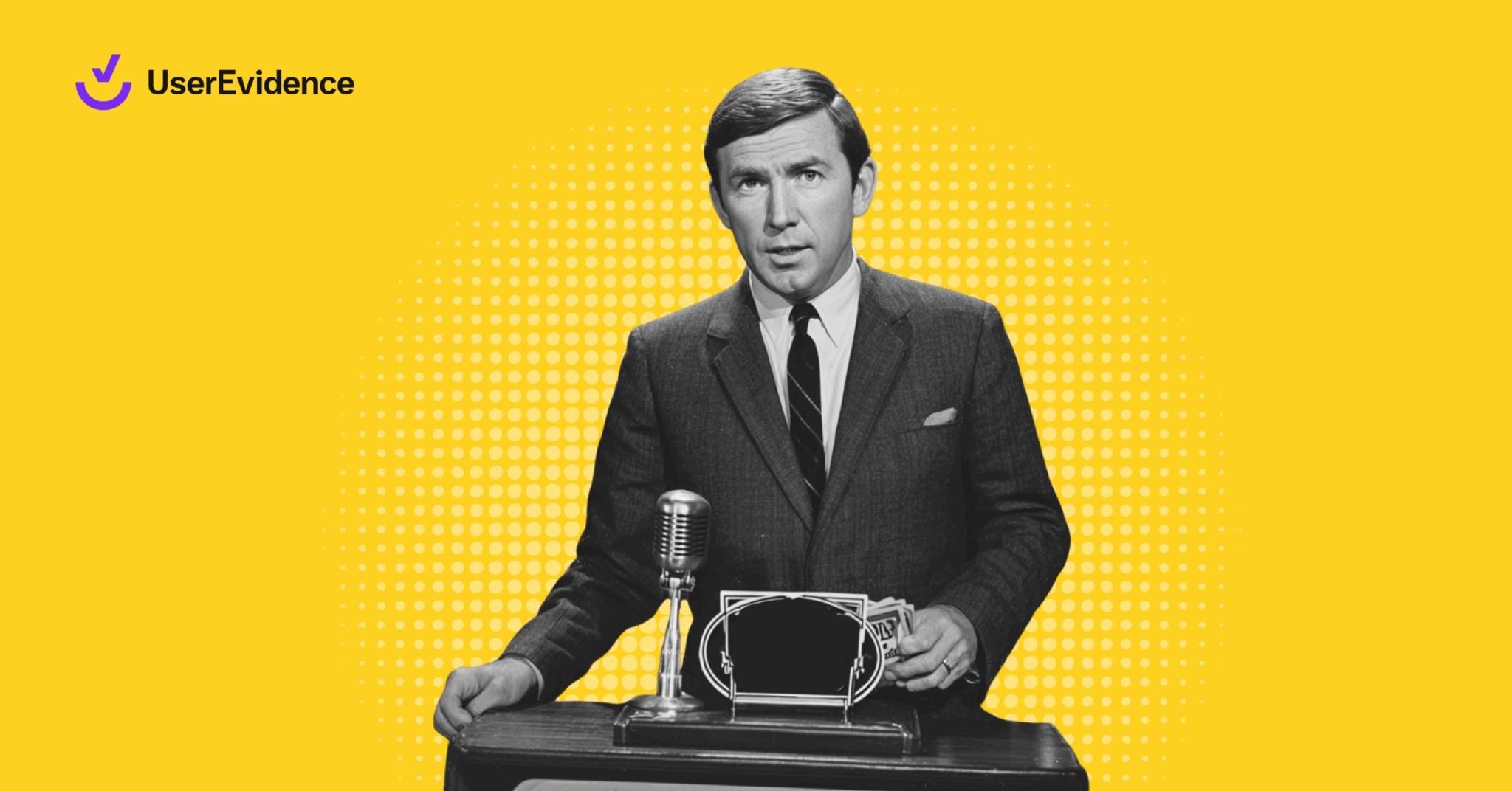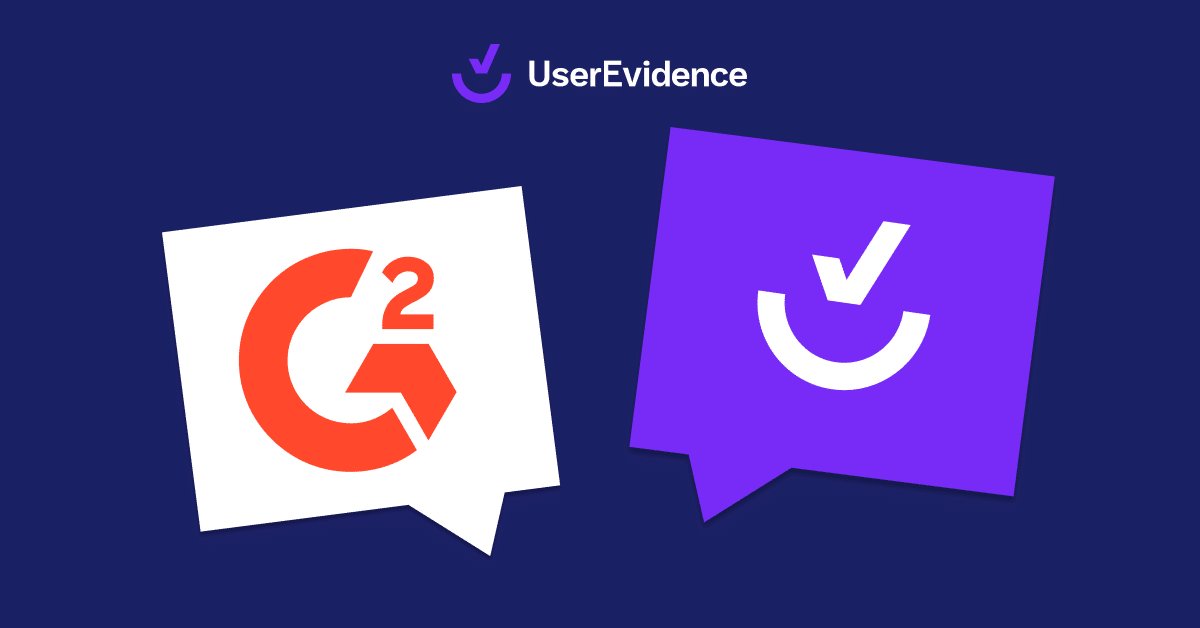Nowadays, it takes more than freebies and discounts alone to get your customers to click the “buy now” button. Between bad actors trying to steal your customers’ credit cards and inflation dealing a heavy blow to their bank accounts—people are clutching their pocketbooks tightly, now needing more compelling reasons to part with their cash than ever before. Getting people to believe in the value you offer starts with gaining their trust via customer advocacy.
Jeremy Gallemard of Smart Tribune reminds us that customer advocacy “…is basically what happens when you put your customers’ wants, needs, and expectations first—in all of your business decision-making, beyond marketing or customer service alone.” So how do we put your customers’ wants, needs, and expectations first? Well, luckily, with the backbone of customer advocacy—the persuasive content known as “customer evidence”—you can get the job done. (Think case studies showcasing customers’ success with your product, testimonials, and the like.)
According to Vendasta, “92% of consumers now read at least one online company review before making a purchasing decision.” This means no one can afford to miss out on the power of customer advocacy. Here are 5 reasons why incorporating it into your marketing strategy will prove to garner a high ROI.
1. Customer evidence tells the story for you
Imagine browsing the internet and coming across two cool-looking products from companies of no renown. They both claim it’s the special solution for a problem you have, yet one product has two positive reviews, and the other does not. Do you take the risk anyway and try out the product with zero reviews for yourself? Probably not without some hesitation, at least.
As Robert Cialdini mentions in his book, Influence: the psychology of persuasion, when people are not sure of what to do, they’d rather feel confident than special. People who are uncertain will follow the lead of others who are similar to them and social proof helps reassure customers they are making a good decision. Chances are, you’re more attracted to the product with reviews because people have shared their positive experiences.
So rather than trying to persuade customers with an (inherently biased) tale of product success told by you, let your customers’ experiences do the talking. Their success will be evidence of the claim you’re making and get people to buy.
2. Customers will build your reputation for you
By showing off the value of what you offer and featuring your customers in product demos, you’re giving them a bit of limelight as well! As a result, you’re setting in motion the potential for word-of-mouth to kick off, as those customers will feel hyped to talk about their experience with friends, family, and strangers. ️ People are more likely to make user-generated content (UGC), in the form of social posts, blogs, and other shareable content, which in turn gets in front of similar buyers.
This creates a powerful ripple effect for your business, as this not only creates more social proof that instills confidence in your customers, but also has more than double the chance of being seen when compared to content created by the business. Customer advocacy creates trustworthy brands, and a trustworthy brand is able to set higher prices than its competitors—just look at Apple!
3. You’ll generate better (and cheaper) leads through word-of-mouth
You can reduce the amount of spending on advertisements should your positive word-of-mouth reputation continue to grow. The more customer stories you have on display, the more likely prospects will reach out to contact you. Reading numerous customer experiences can only help them paint the picture that your product is the solution to their problem, and so prospects become that much closer to buying. When this happens, your sales team should know that these are your most qualified leads and should prioritize accordingly. Don’t let that opportunity slip.
Also, when you have a strong customer advocacy strategy, you’ll not only gain new customers but retain that sweet, sweet loyalty of existing customers—all without having to spend any additional costs.
4. Customer advocacy helps build a loyal community
As mentioned in the beginning, customers are way more involved with how they choose to buy things, and that often comes down to building social connections with others. The desire to connect is a huge factor for your customers to join forums and other online communities where they can share their stories with people who hold common interests and needs.
While it’s wonderful seeing people spread the love of your product, there will be those, of course, who aren’t as pleased. Though this might seem disheartening at first, customer advocacy means bridging the gap between your entire target audience—including the negative nelsons. This is a direct goldmine of customer information that helps you take their feedback and bring it to the attention of the product development team to relay what needs improvement. When changes are made based on customer feedback, it makes those dissatisfied customers feel heard and strengthens the overall loyalty to your brand even further.
5. You’ll generate more revenue
This is where having all that customer loyalty pays off. In an era filled with VIP clubs, subscriptions, and loyalty reward programs, customers tend to come back when there’s something of value for them. Businesses that nurture customer advocates outperform competitors by 85% in sales growth, as customer advocates often spend twice as much as non-advocates.
Also, keep in mind that these loyalists have the power to create a network effect that reels in new customers organically who are ready to spend on your brand.
➡️ Check out UserEvidence’s proactive and easy way to garner and identify volunteers willing to share their success stories—explore our Customer Advocates feature.
Final thoughts
Customer advocacy is a great way to increase sales, word-of-mouth, and loyalty long-term—making it a crucial piece to include in your marketing strategy. To remain competitive in 2023, you need a seamless way of finding your advocates and building your reputation. Capturing and sharing your customers’ stories couldn’t be simpler than with UserEvidence.
Start generating customer evidence and turning your customers into advocates by nailing your customer advocacy game plan with UserEvidence. Book your demo today.




